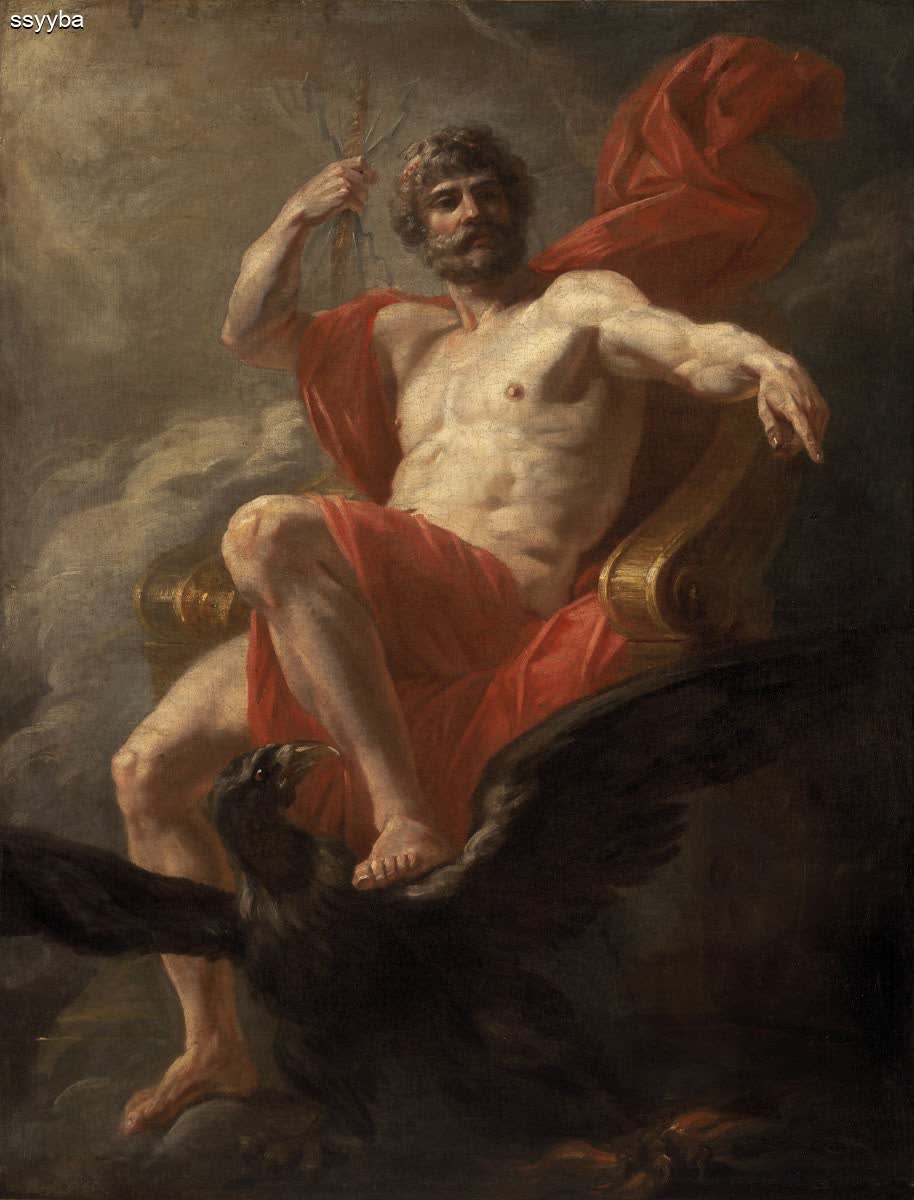Mozart Symphony NO 41

The “Jupiter’s” ceremonial quality, however, extends far beyond key and scoring. Throughout this work, there is a majesty of conception we find in no other Mozart symphony. Its melodic themes are more formal and less personal than those he created for its two companions, Symphonies 39 and 40; Donald Francis Tovey called them not only formal but formulas: stock musical gestures used over and over by composers in the late 18th century. The originality and greatness of the “Jupiter” are not to be found in the materials Mozart used but in how he used them.
1st Movement
The dramatic intensity of the sonata-form first movement reflects Mozart’s opera Don Giovanni, which had received its Viennese premiere just three months earlier. And in the three major theme groups of this movement, we experience the emotional versatility that made Mozart a peerless operatic composer. First, the bold, masculine opening music: imperial and full of courtly flourishes, with overtones of bombast and militarism ironically recalling the ongoing Austrian-Turkish hostilities that were then curtailing Mozart’s concert activities. Next, music of feminine lyricism and tenderness for the violins and woodwinds. Finally, a sassy little melody, also launched by the violins; this is taken from a comic aria, “Il bacio di mano” (“A Kiss of the Hand”), Mozart had recently written. Interestingly, it is this impudent tune that generates one of Mozart’s most exciting development sections, in which we hear the first stirrings of the contrapuntal excitement he will unleash in the finale.
2nd Movement
In the slow movements of his last three symphonies Mozart sent initially innocent-sounding melodies on dangerous journeys. Here, a gently melancholy theme in F major soon enters a dark and agitated world in C minor. The movement’s development section travels farther into this thicket, full of painfully dissonant thorns. When the opening music finally returns, the innocent melody has taken on new dimensions of maturity and wisdom.
3rd Movement
The third-movement minuet provides the “Jupiter’s” most conventional music: a formal dance for an imperial ballroom. In the middle trio section, Mozart slyly puts the cart before the horse by beginning most phrases with a closing cadence in the woodwinds to which the violins must provide a suitable opening. And here, too, listen for a loud preview of the famous four-note theme that will spark the finale.
4th Movement
Mozart leaves the best to last. Throughout the 1780s, he had studied counterpoint — the art of weaving together many independent musical lines — with passionate interest and had poured over the scores of J. S. Bach. But rather than a ponderous display of contrapuntal erudition, he uses the intricate interplay of his instrumental lines here to create an overwhelming sense of richness, splendor, and excitement. Mozart weaves his magic with a half-dozen pithy themes, beginning with the sturdy opening four-note motive. Derived from Gregorian chant, this theme was a musical cliché of the period, used frequently by other composers as well as Mozart himself in earlier works. But again the artistry is not in the “what” but in the “how.” The apotheosis comes in the closing moments of the symphony when Mozart sets five of his themes spinning together in a double fugue, revealing, in Elaine Sisman’s words, “vistas of contrapuntal infinity.”
Instrumentation: Flute, two oboes, two bassoons, two horns, two trumpets, timpani and strings.
Ssyyba
EUROPEAN-CLASSICAL-MUSIC
top-mozart-symphony